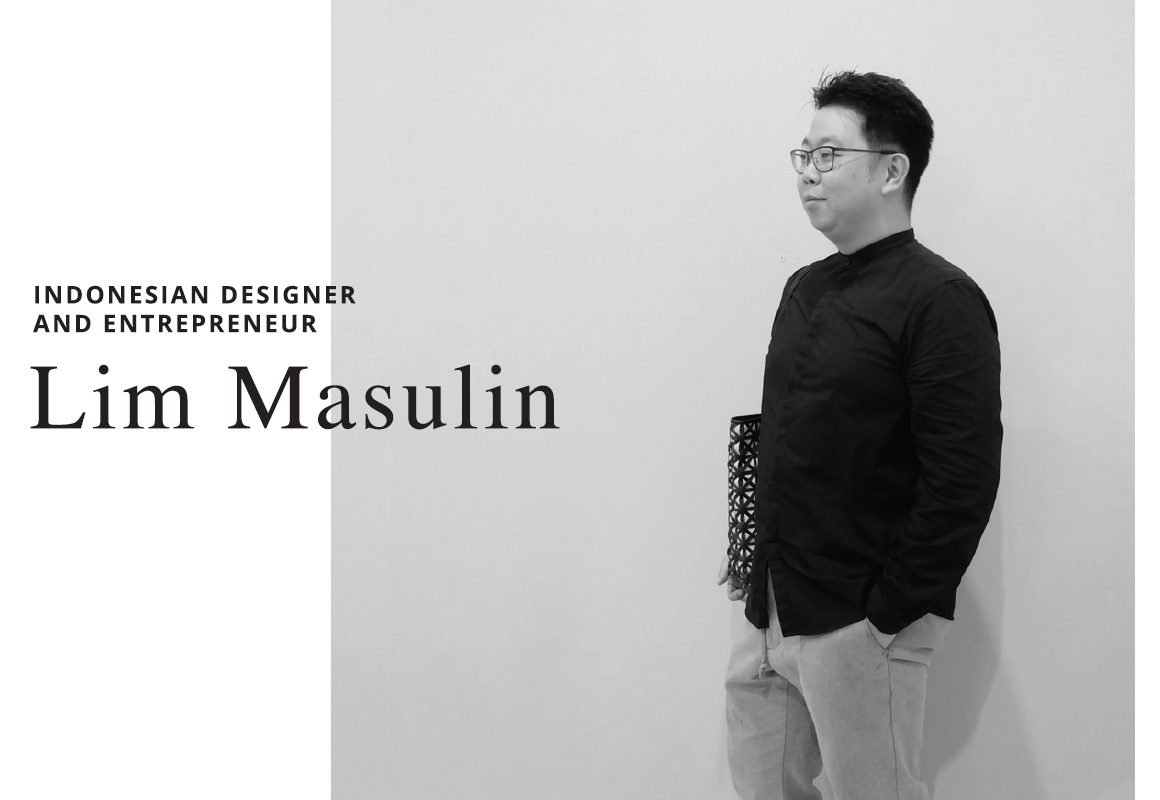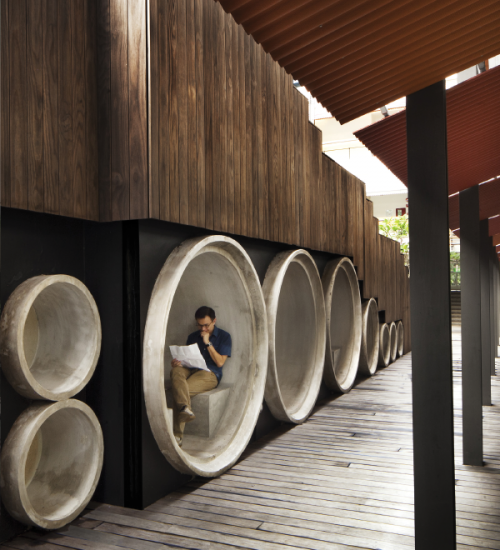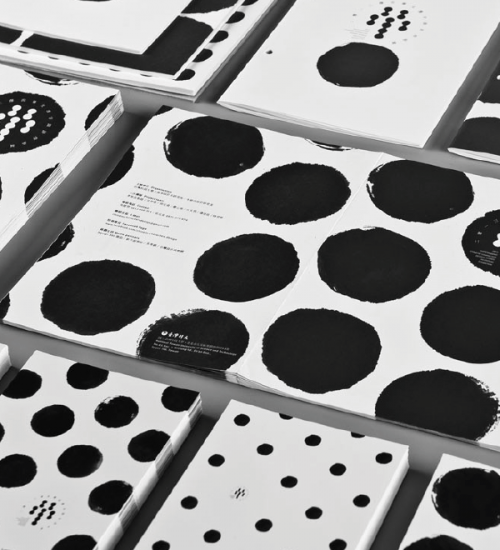Wonders of Weaving ‘Earth Dwelling’ was a highlight at the September 2016 edition of Maison&Objets Paris. Created by Indonesian designer Lim Masulin and his team, the installation showcased woven architectural elements, an innovative approach that merited the attention and praises from visitors. With Lim at the exposition were his compatriots Andra Matin, Budi Pradono, Heru M. Prasetyo and Yanto Effendi, who have collaborated with Lim in some of their major projects, incorporating the latter’s woven structures into their own design.
The rigorous selection of participants at the international exposition is well known, but Lim somehow knew that he had a winning concept. He remembers submitting the concept paper for Wonders of Weaving ‘Earth Dwelling’, going through the curatorial process, and ending up being chosen to participate. “We were the first Asian exhibitors at the architecture and interior section at Hall 8,” he shares with pride.
Lim is an active member of the Southeast Asian design community who has served as channel for various private and government partnerships and collaborations. Based in Jakarta, Indonesia, he is managing partner of Kriya Tritunggal Group, which has brands like BYO Living, Chameo Couture, and others. An astute businessman, he is also widely recognized for his design ideas for hand-woven objects.
Lim’s long association with weaving began a long time ago. “My wife Yuliana and I like to travel abroad, during which we would casually look around the shops. On one of those trips overseas, we discovered that some international brands with woven components that were done in Indonesia were very, very well priced.” He mentions Fendi Casa and Kate Spade’s among them, and adds that working with such brands is a testament to the refined skills of Indonesian weavers.
“We joked that the same woven crafts, if they were sold at (Jalan) Malioboro (a major shopping street in Yogyakarta, Indonesia), would probably fetch less than US$10—tops! That got us to thinking: We have the resources, we have the knowledge, and we have the skilled manpower back home. It clicked. We got into weaving.”
Lim is aware that weaving is an important part of traditional Indonesian crafts, with several household items still being handcrafted and woven in the traditional way. But he was not keen on claiming a spot in the overcrowded handicrafts and souvenirs market. As a designer, an entrepreneur and a frequent-flyer, Lim knew that he had to elevate weaving for it to become relevant and attractive to the market.
Thus, BYO Living was established. With weaving at its core, the company has created a range of furniture, fashion accessories, and architectural elements according to in-house and custom designs. It has developed a high capacity for bespoke production as often required by collaboration in architectural projects.
“What we needed was a new direction that would see new applications for weaving,” he explains. “Weaving is very flexible—it can be done with different kinds of materials, from the softest to the semi-rigid, from the most delicate to the most durable. The technology is also highly scalable in size, speed and form. We can set up workshops virtually anywhere in the world, in situ, where the market or project is—imagine how much carbon footprint is saved.”
Lim is deeply involved in the green movement, and ensures that his business follows a strict environment-friendly regimen. “We’ve invented new architectural technologies that incorporate woven elements into buildings. Of course, we use industrial-grade materials for these, and specifications are by architects and engineers.
“Our research team found out that besides being light weight, woven textiles filter light and warm air that goes in and out of buildings, thus making for a perfect energy–reducing solution for green buildings,” Lim enthuses.
For a residential project designed by Andra Matin, Lim created a screen with an aluminum frame and woven louvers. The striking piece became a focal point of the design as well as a benchmark for green architectural projects. “Advanced computer technology, new materials, and new technology are making it happen. Our system comprises steel slings, aluminum fiber, weatherproof recyclable HDPE fiber and a few others.”
Lim does not see the limit of weaving. “There are still many areas to explore. In fact, the ones that we already know haven’t been exhausted yet. New materials are coming to the fore, as new technologies allow their creation.
What remains constant in weaving is the human hand and human skill. I see this as a positive sign. We have so many highly skilled weavers in the region, and given the chance to work with very good designers, there’s really no telling what weaving can reach.”













 Back
Back
